Why Japanese Knives Are Worth the Investment
On December 5, 2006, I posted my first YouTube video.
It's crazy that it was almost 18 years ago!
For those of you who don't know me well, I LOVE eating!
So for me, it was natural that it was a very short video of me cooking Indian food.
It was only eight seconds, so there were no recipes or anything like that—just the food cooking on the stove for an extremely short time.
Because I post a lot on the internet and am fortunate to have people who are interested in my content, I am asked all the time by companies if they could give me their products for free to test them out.
I typically don't have the time to do this unless it's something that sounds interesting to me, food-related, or both.
The last time I did this was for a local ice cream company that makes spectacularly great ice cream.
It definitely didn't disappoint. A few weeks ago, I was offered the opportunity to try out Japanese knives.
These knives didn't disappoint either!
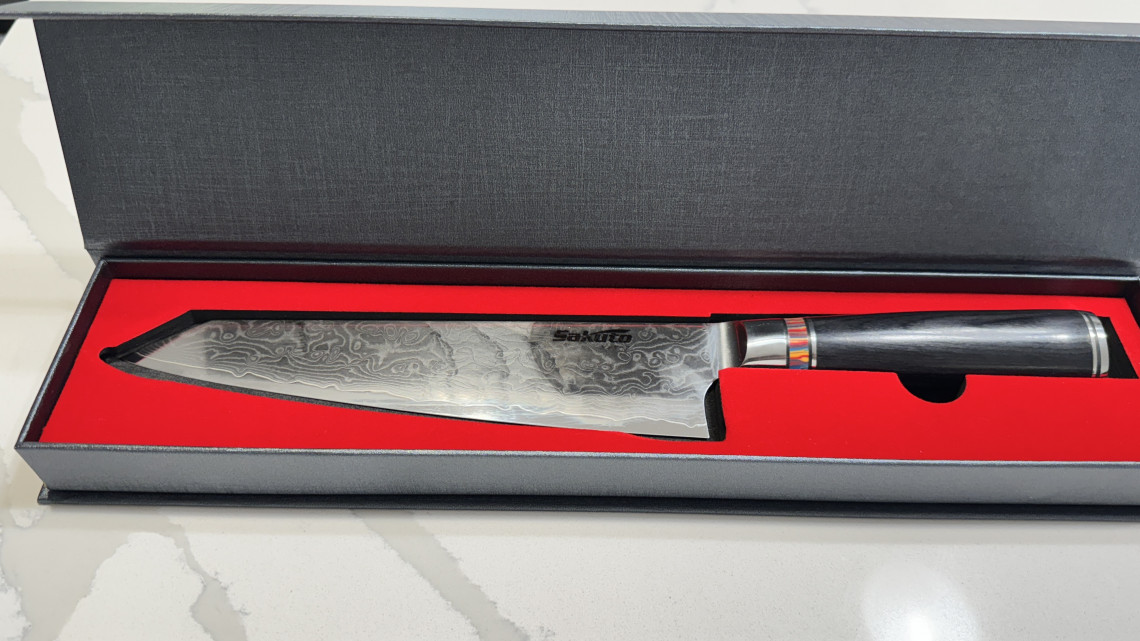
Have you ever used a knife that felt like an extension of your hand when chopping vegetables or slicing meat?
A knife so sharp it glides through an onion without crushing it or effortlessly cuts paper-thin slices of tomato?
If not, it's time to try a high-quality Japanese knife.
Japanese knives, also called Japanese steel or J-knives, have a legendary reputation for good reason.
While they often come with a higher price tag, Japanese Knives offer unrivaled performance, craftsmanship, and beauty that can greatly improve your cooking experience.
This post covers the key benefits of upgrading to a Japanese knife and why they are worth the investment.
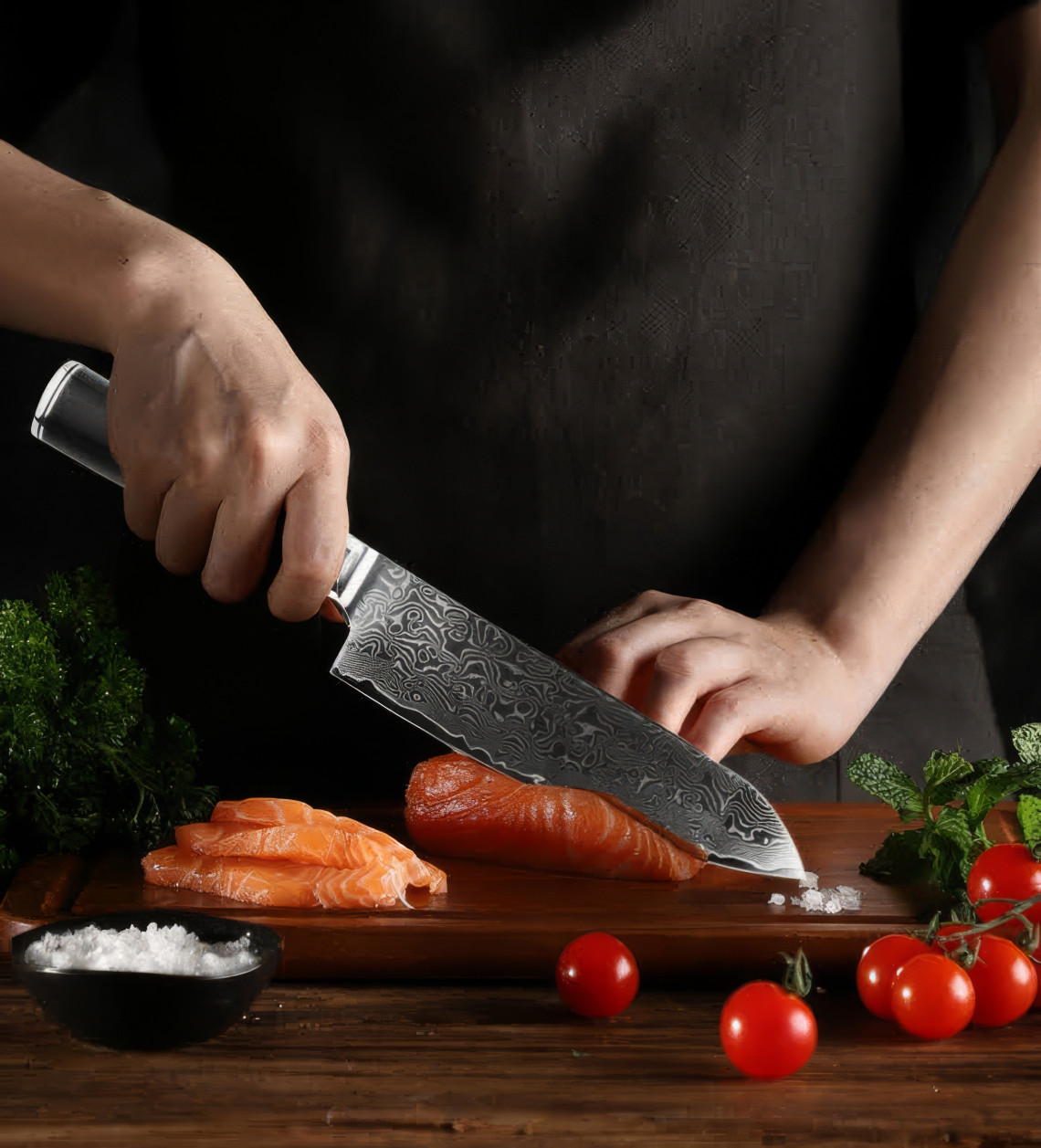
Sharpness
The number one reason to use Japanese knives is their incredible sharpness.
The steel used in Japanese knives typically has a higher carbon content, making it harder than Western-style knives.
This allows them to hold a sharper edge for much longer.
In practical terms, this means fewer tears and bruises when prepping fruits and vegetables.
You can slice through foods with ease in a single, fluid motion rather than sawing back and forth.
Japanese knives almost feel like they glide through food on their own!
Maintaining this sharpness is easier than you may expect.
Japanese knives are sharpened to a much more acute angle than Western knives, usually between 10-15 degrees per side.
This allows you to refresh the edge with just a few swipes on a whetstone or honing rod.
While Western-style knives need more metal removed to sharpen, which wears them down faster.
So if perfectly thin slices and dices call your name, the razor-like edge of a Japanese knife should be music to your ears!
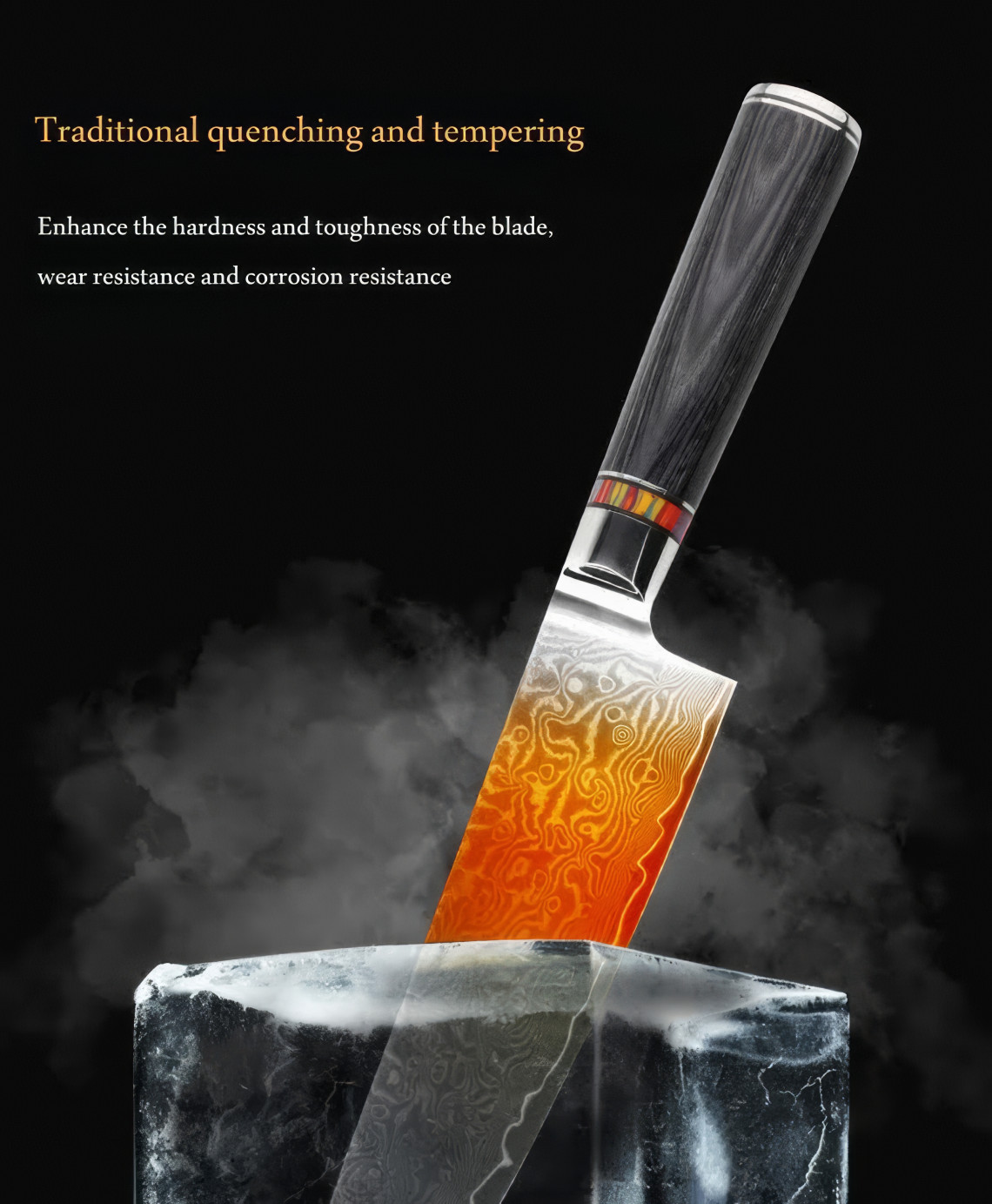
Craftsmanship
Another major perk of Japanese knives is their meticulous craftsmanship.
The traditional knives are forged by hand using techniques that have been refined over centuries of knife-making. This results in blades that perform flawlessly.
Many have a slight convex curve rather than a flat edge.
This seems like a subtle difference, but it actually improves stiffness and makes cutting smoother.
The handles perfectly balance the weight of the blade for effortless control.
And the tapered shape reduces sticking when slicing delicate foods.
This thoughtful design shines through even in high-quality mass-produced Japanese knives.
Machines faithfully recreate the optimal shape and angles set by master bladesmiths.
And the knowledge gained from generations of knife-making allows factories to select the best steel alloys.
So whether hand-forged or machine-made, the craft behind Japanese knives enables their outstanding performance.
This level of quality is hard to match in other knives, especially at lower price points.
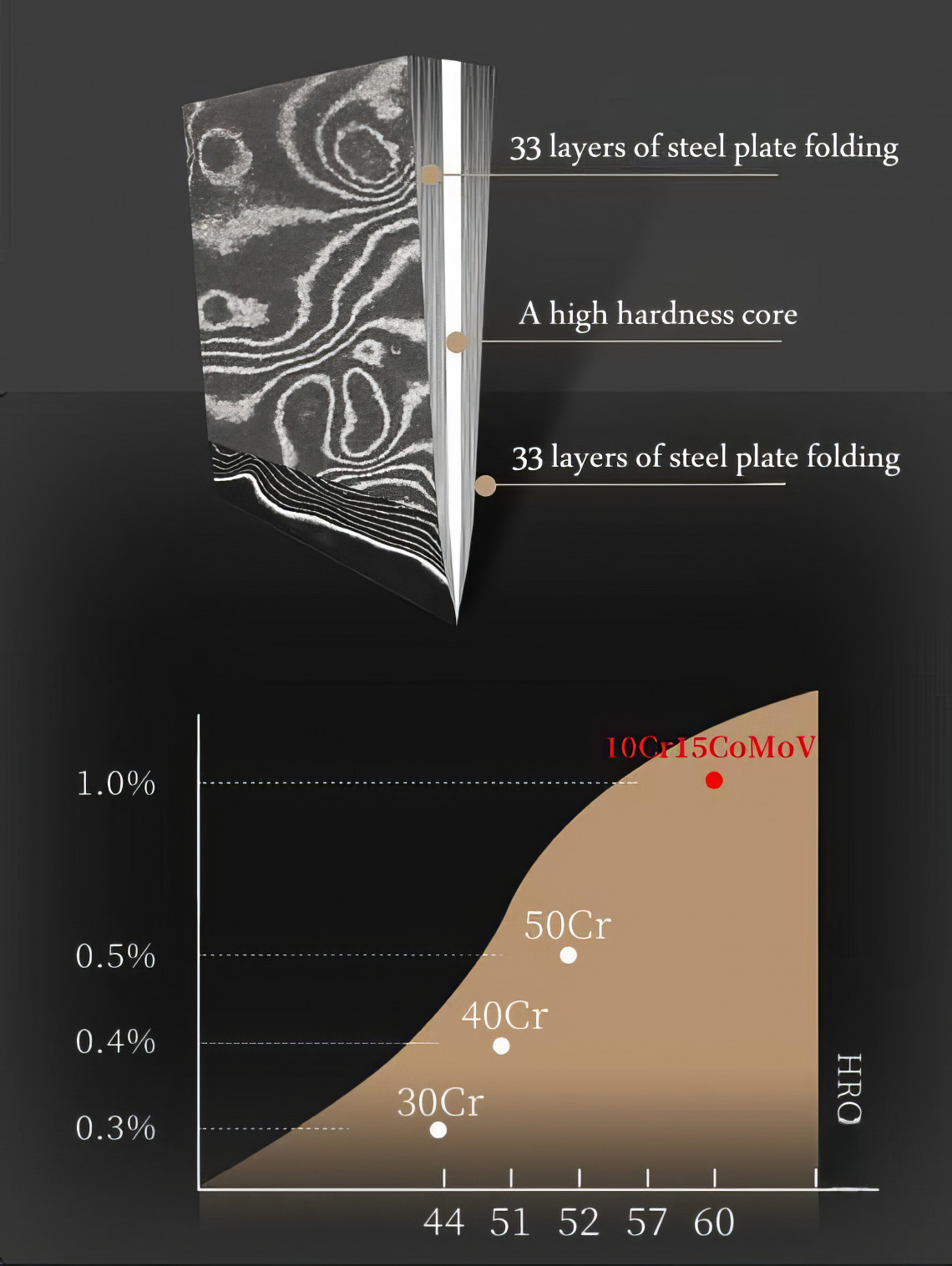
Materials
From the steel to the handle, Japanese knives utilize exceptional materials that contribute to their versatility in the kitchen.
The steel in Japanese knives, as mentioned earlier, is extremely hard - usually over 60 on the Rockwell scale compared to 56-58 for Western knives.
This is achieved with higher carbon and sometimes the addition of elements like tungsten, molybdenum, vanadium, and cobalt.
Depending on the formula, the steel can hold a very fine edge while also being durable and resistant to corrosion.
Even the handles stand out from typical Western-style knives.
Wood handles like pakkawood mold comfortably to your grip. Composite materials have great durability and low maintenance.
And if you opt for a more traditional wa-handle, textured materials offer a very secure grip. This gives you great control, whether your hands are wet or greasy from cooking.
The materials used in Japanese knives allow them to tackle virtually any kitchen task with ease.
Their sharpness makes delicate work like filleting fish simple, while their durability can stand up to heavy-duty chopping of thick cuts of meat.
No wonder professional chefs overwhelmingly choose Japanese knives in restaurant kitchens!

Variety
With so many options to choose from, you’re bound to find a Japanese knife perfectly suited for your needs. Here’s a quick look at some of the most common types:
Santoku - An all-purpose knife ideal for chopping, slicing and dicing vegetables, meat and fish.
The sheepsfoot-shaped blade has indentations to prevent food from sticking.Gyuto - Shaped like a Western-style chef’s knife, with a pointed tip and a slight curve for rocking.
An incredibly versatile knife used for most kitchen tasks.Nakiri - A vegetable knife designed specifically for cutting thin, crisp slices.
The broad, rectangular blade makes fast work of cutting through fruits and veggies.Deba - A heavy, thick blade made for breaking down fish and cutting through chicken bones.
The beveled edge is ground for strength rather than sharpness.Petty - A utility or paring knife with a narrow, maneuverable blade perfect for small tasks like deveining shrimp or intricate garnishing.
Yanagiba - An extra-long slicing knife used to cut precise slices of sashimi or roast.
The extremely slender shape allows for calculated cuts with perfect control.
With distinct shapes optimized for different uses, having 2 or 3 Japanese knives can cover all your kitchen needs.
And it’s always fun to expand your collection to include specialized knives like a deba or yanagiba.

Longevity
The superb materials and craftsmanship of Japanese knives directly translate to excellent longevity.
With proper care, a high-quality Japanese knife should easily last decades without a noticeable decline in performance.
The edge takes just seconds to sharpen and holds that sharpness for months with light honing before sharpenings.
Over time, the blade may show signs of use like scratches or discoloration.
But functionality remains unaffected.
And some actually enjoy the patina that develops on carbon steel blades. It adds further uniqueness to an already outstanding tool.
With longevity measured in generations rather than years, purchasing a Japanese knife is akin to acquiring a family heirloom.
In fact, many cherished knives are passed down to the next generation of home cooks.
So your initial investment will pay dividends for many years to come.
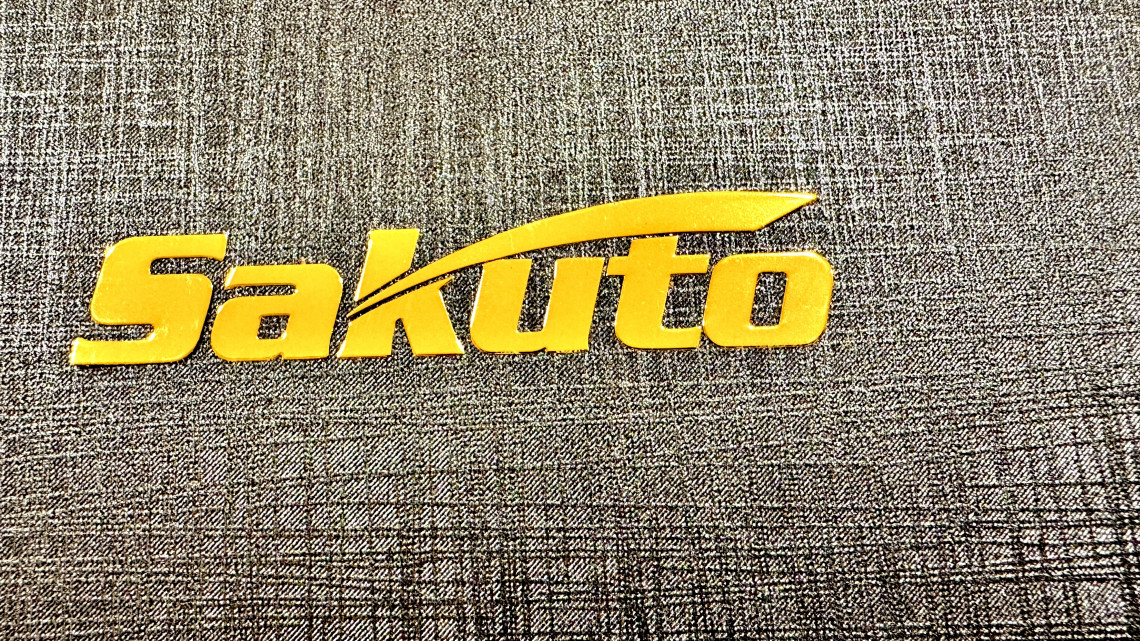
Worth the Investment
As you can see, Japanese knives offer clear advantages over typical Western-style knives in categories that directly impact cooking performance.
Their sharpness, craftsmanship, materials, variety, beauty, and longevity make them an incredibly worthwhile investment for serious home cooks.
Yes, Japanese knives come with a higher price tag, often $100-300 for a chef’s knife.
But they also deliver substantially higher value.
In fact, purchasing a medium-grade Japanese knife rather than a very high-end Western knife will likely result in better performance for the same money.
And while expensive, keep in mind that Japanese knives should serve you exceptionally well for decades.
That one-time cost spreads out to just pennies per use over the lifetime of the knife.
Not bad for a product that hugely improves the enjoyability and efficiency of cooking!
Still need convincing?
Ask any professional chef - Japanese knives have earned their sterling reputation for good reason.
Once you experience their balance, dexterity and sharpness first-hand, you may never go back to using typical Western-style knives again.
So give one of these Japanese masterpieces a try and see why they are worth every penny.
Just mind your fingers - they’re incredibly sharp!
The 5 BEST Thai Restaurants in Miami!
TOP 5 places to eat Thai food in Miami. Many of them you have never heard of before....
Miami's BEST Restaurants in EVERY Neighborhood
Check out the absolute BEST restaurants in every neighborhood of Miami, including the best...
Everything You Need to Know About Every Neighborhood in Miami
Think you know Miami? Think again! Dive into our guide to discover top date spots, Instagr...
The Ultimate Guide to Miami-Dade's Top 25 Gated Communities for Single-Family Homes (2024 Edition)
Discover Miami's top gated communities in this essential guide for luxury home buyers. Exp...
Selling Your Home?
Who are we?
We are the ALL IN Miami Group out of Miami.
We are Colombian, Filipino, Cuban, German, Japanese, French, Indian, Irish, Syrian, and American.
We are Christian, Hindu, and Jewish.
We are many, but we are one.
We sell luxury homes in Miami, Florida.
Although some of our clients are celebrities, athletes, and people you read about online, we also help young adults find their first place to rent when they are ready to live on their own.
First-time buyers?
All the time!
No matter what your situation or price range is, we feel truly blessed and honored to play such a big part in your life.







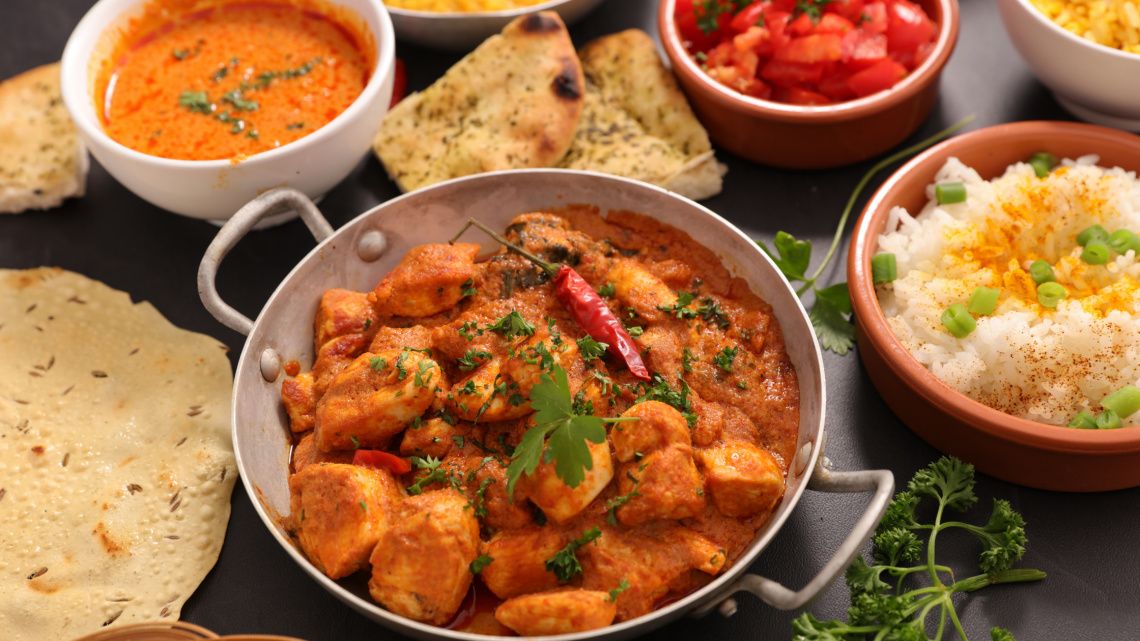

.png)